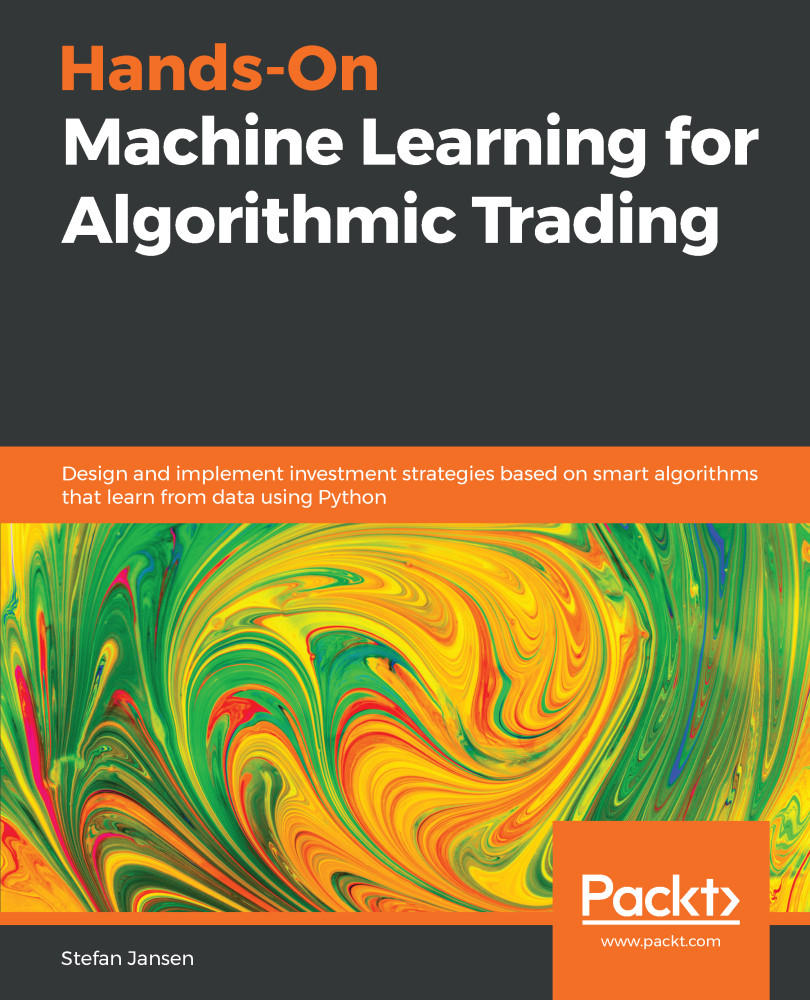Alpha factors drive an algorithmic strategy that translates into trades that, in turn, produce a portfolio. The returns and risk of the resulting portfolio determine the success of the strategy. Testing a strategy requires simulating the portfolios generated by an algorithm to verify its performance under market conditions. Strategy evaluation includes backtesting against historical data to optimize the strategy's parameters, and forward-testing to validate the in-sample performance against new, out-of-sample data and avoid false discoveries from tailoring a strategy to specific past circumstances.
In a portfolio context, positive asset returns can offset negative price movements in a non-linear way so that the overall variation of portfolio returns is less than the weighted average of the variation of the portfolio positions unless their returns are perfectly...


